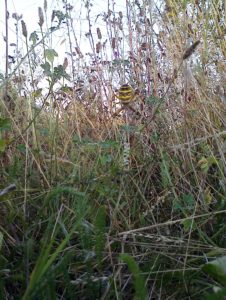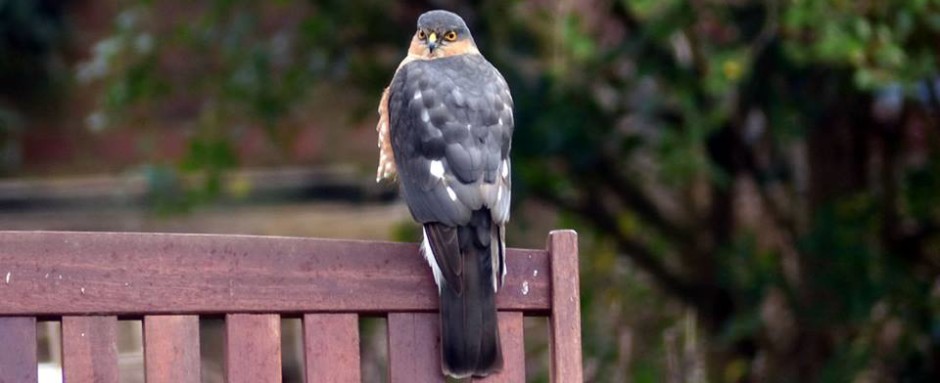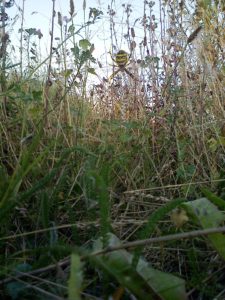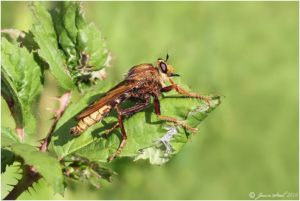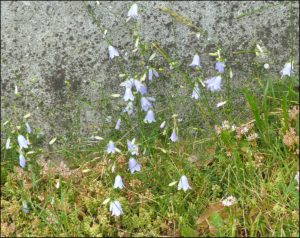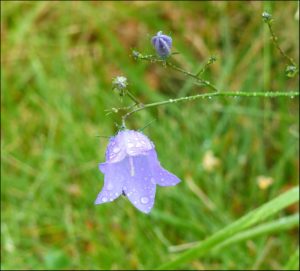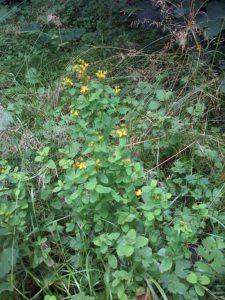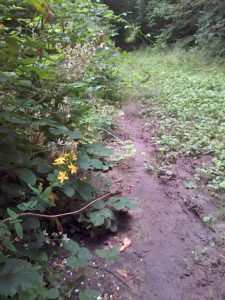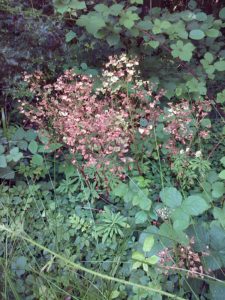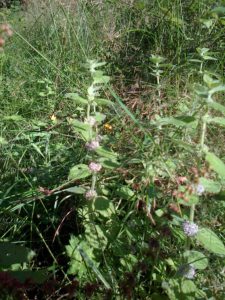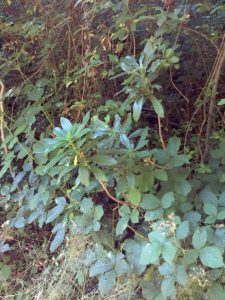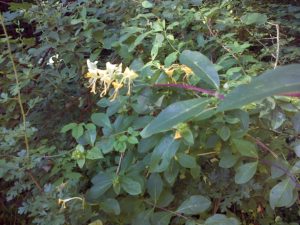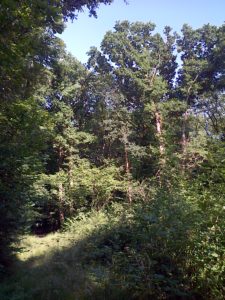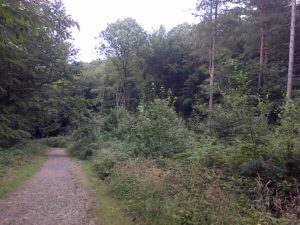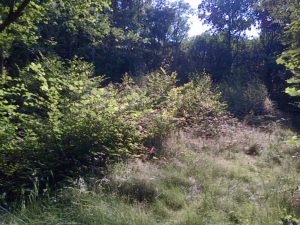Bexley Natural Environment Forum continues to press Bexley Council on the long-overdue sign-off on the 2013 review by the London Wildlife Trust of the Borough’s existing and potential new Sites of Importance for Nature Conservation.
The fact that the deadline for public comments on the final draft was almost two and a half years ago says everything about the value the Council attaches to nature in our Borough, as does the outcome of several recent planning decisions that will negatively impact SINCs and species in serious decline.
The latest correspondence over this long-running saga is set out below. There is still no target date for wrapping this up despite the fact that we are now over 20% of the way through the nominal lifetime of the document. It is not true to say – as the Council claims here – that any departures from the draft recommendations will be merely due to errors and ‘technical’ issues and are somehow ‘apolitical’ and, by implication, unquestionable. The reality is that we know that a political decision has been taken to reject LWT’s proposal that the Borax fields be incorporated into the Erith Marshes SMINC and to keep it designated for employment (although up to 2010 the Council had a policy of seeking opportunities to increase the size of the SMINC area here) . There has also been a dispute over one of the best parts of Crayford Rough, which the Council has sanctioned building on, despite the 2004 and 2013 mapping showing it was within the SINC boundary, with LWT apparently believing this to be the case also. There is no visible ecological difference between one side of the line and the other. Meanwhile we wait to see whether the Council retains Erith Quarry as a Grade 1 SINC, which would in our view be a face-saving manoeuvre given that the planning committee voted unanimously to build over 70% of it and the important reptile population has been shovelled into a remnant that is half the size required based on the measured population density. A further test will be whether the recommendation to promote ‘Crayford agricultural and landfill’ (at the south end of Crayford Marshes) from Borough Grade 2 to Grade 1 has been accepted given the massive Roxhill rail-road depot proposal looming over it.
Given that SINC status is an important consideration in making planning decisions, these matters are NOT politically neutral in effect – or at least shouldn’t be, though tell that to the planning committee. Given its voting record over the last two years most of its members don’t presently think that SINC designation means very much, and Council officers have thrice declined to define what, in their policy on the matter, is meant by ‘significant impact’ on such sites, thereby rendering planning decisions where this consideration applies both opaque and essentially unaccountable.
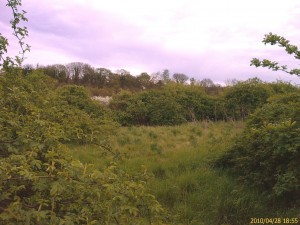
Erith Quarry, currently a Grade 1 Site of Importance for Nature Conservation, but Bexley Council has agreed to plans to build over most of it.
Relevant correspondence:
Subject: RE: SINC review sign-off?
From: “Luckhurst, John” <John.Luckhurst@bexley.gov.uk>
Date: Fri, July 15, 2016 3:03 pm
To: “chrisrose@gn.apc.org” <chrisrose@gn.apc.org>
Cc: “Councillor Bailey, Linda” Linda.Bailey@bexley.gov.uk>, “Councillor Slaughter, June” <June.Slaughter@bexley.gov.uk>, “Thomas, Ben” <Ben.Thomas@bexley.gov.uk>, “Taylor, Mark” <Mark.Taylor@bexley.gov.uk>, “Ray Gray, BNEF
———————————————
Dear Mr Rose,
I refer to your email to Ben Thomas and subsequent email to Councillor Bailey. This is a response to both emails.
The LWSB meeting has now examined the process for producing the SINC document and the finalising of this SINC document is underway. This will be undertaken as soon as possible but will be subject to the availability of staff resources and other work priorities.
It is not our practice to specify changes between draft and final versions of evidence base documents as these are technical documents where changes arise from factual errors or technical matters and processes.
Kind Regards, John Luckhurst, Strategic Planning and Growth, London Borough of Bexley,
—–Original Message—–
From: chrisrose@gn.apc.org [mailto:chrisrose@gn.apc.org]
Sent: 14 July 2016 19:12
To: Councillor Bailey, Linda, Cc: Thomas, Ben; Luckhurst, John; Taylor, Mark; Councillor Slaughter, June
Subject: SINC review sign-off?
Dear Councillor Bailey,
SINC review saga.
Since we have not had an acknowledgement of, nor a reply to, the e-mail set out below within the Bexley Council customer services target of 5 working days, and given that the relevant webpage still shows no indication that the review has been signed-off (http://www.bexley.gov.uk/article/12495/Sites-of-Importance-for-Nature-Conservation), perhaps you can appraise us of the current situation, including what happened at the LWSB if, indeeed, the document has actually got that far, and your projected timetable for publication of the final version. A response to the point about flagging up any changes made would be most welcome.
Thanks, Chris Rose. BNEF
—————————- Original Message ——————–
Subject: SINC review sign-off?
From: chrisrose@gn.apc.org
Date: Sat, June 25, 2016 6:29 pm
To: ben.thomas@bexley.gov.uk, “Luckhurst, John” <John.Luckhurst@bexley.gov.uk>, mark.taylor@bexley.gov.uk Cc: ray Gray, BNEF, “june.slaughter@bexley.gov.uk” <june.slaughter@bexley.gov.uk>
——————————————————-
Dear Ben,
There still no sign of finalised SINC documentation on the Council SINC info webpage, and although I’ve Googled various formulations of words about this, nothing is coming up. Maybe there’s something buried in some committee papers somewhere. Anyway, can you tell us what the latest is on this? We were under the distinct impression that it was going to the LWSB in May and would have been done and dusted by now.
In relation to this, will there be a written statement by the Council as to any departures that have been made from the Dec 2013 document? As you know, other ‘stakeholders’ have not been party to whatever issues Bexley has had with this (except by accident – see Crayford Rough boundary) and it would obviously be helpful to ourselves and others to have a list of any recommendations that were not accepted or that were amended, rather than having to compare the 2013 and final documents line by line.
Thanks, Chris Rose, Vice-chair, Bexley Natural Environment Forum
_________
Chris Rose
